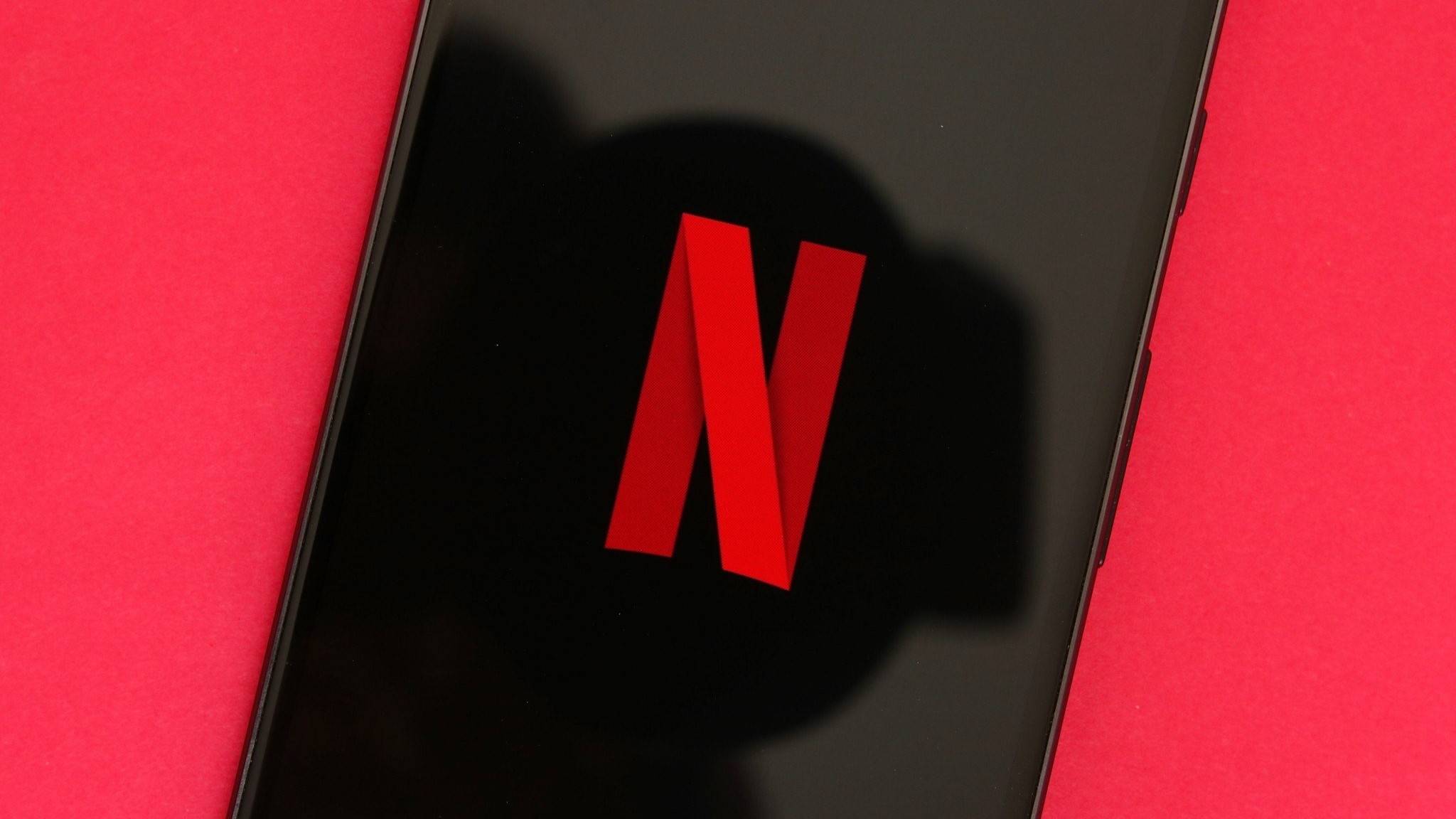Meta Quest 4: Everything we expect from the Quest 3 successor
Leaks suggest Meta is prepping a Meta Quest 4 and Quest 4S. That's a ways off, but we already have an idea of what to expect.

We likely won't see a Meta Quest 4 until 2026, based on the three-year gap between the Oculus Quest 2 and Meta Quest 3 and, less speculatively, a recent leak that points to a 2026 release window. Still, Meta CEO Mark Zuckerberg has already hinted at Quest 4 features, and the Quest 1 and 2 were only 17 months apart — which means it's never too early to speculate.
According to The Information, Meta plans to sell a Quest 4 and Quest 4S in 2026, targeting high-end and budget VR fans simultaneously. Meta launched the Quest 3S this October, and with several Quest Pro 2 prototypes canceled, the Quest 4 could very well be its next headset.
Meta also reportedly wants to cut its Reality Labs budget by 20% by 2026, and with its new focus on the Meta Orion AR glasses, it's unclear how many resources will go into making the Quest 4 drastically different from the Meta Quest 3.
Below is a speculative list of what we'd love the Meta Quest 4 to deliver, from likely upgrades (based on hints from Meta CEO Mark Zuckerberg) to pie-in-the-sky requests — while acknowledging that the Quest 4 and Quest 4S may not be able to fit in every upgrade we want while remaining affordable.
Quest 4 vs. Quest 4S
If you compare the Quest 3 vs. Quest 3S, you'll get a glimpse of how Meta could differentiate between the Quest 4 and Quest 4S. It's likely that the Quest 4S will take after the Quest 3S with a cost-saving design, lower resolution, and narrower field of view. We can't be certain whether the 4S will use Fresnel or pancake lenses, but we suspect Meta will keep the latter as a high-end exclusive.
Both the Quest 4 and Quest 4S should share the same Snapdragon hardware, RAM, and cameras so they can both play the same hardware. That way, developers will be able to make games for both headsets simultaneously, to maximize profits.
The Quest 3S introduced two new features that we think will return to the Quest 4 and Quest 4S: built-in IR illuminators to enable low-light gaming and a dedicated mixed-reality button to swap instantly between a VR experience and a full-color MR glimpse of your surroundings.
Be an expert in 5 minutes
Get the latest news from Android Central, your trusted companion in the world of Android
With that out of the way, let's move on to what new features we can expect for the Meta Quest 4 and/ or Quest 4S.
Eye tracking
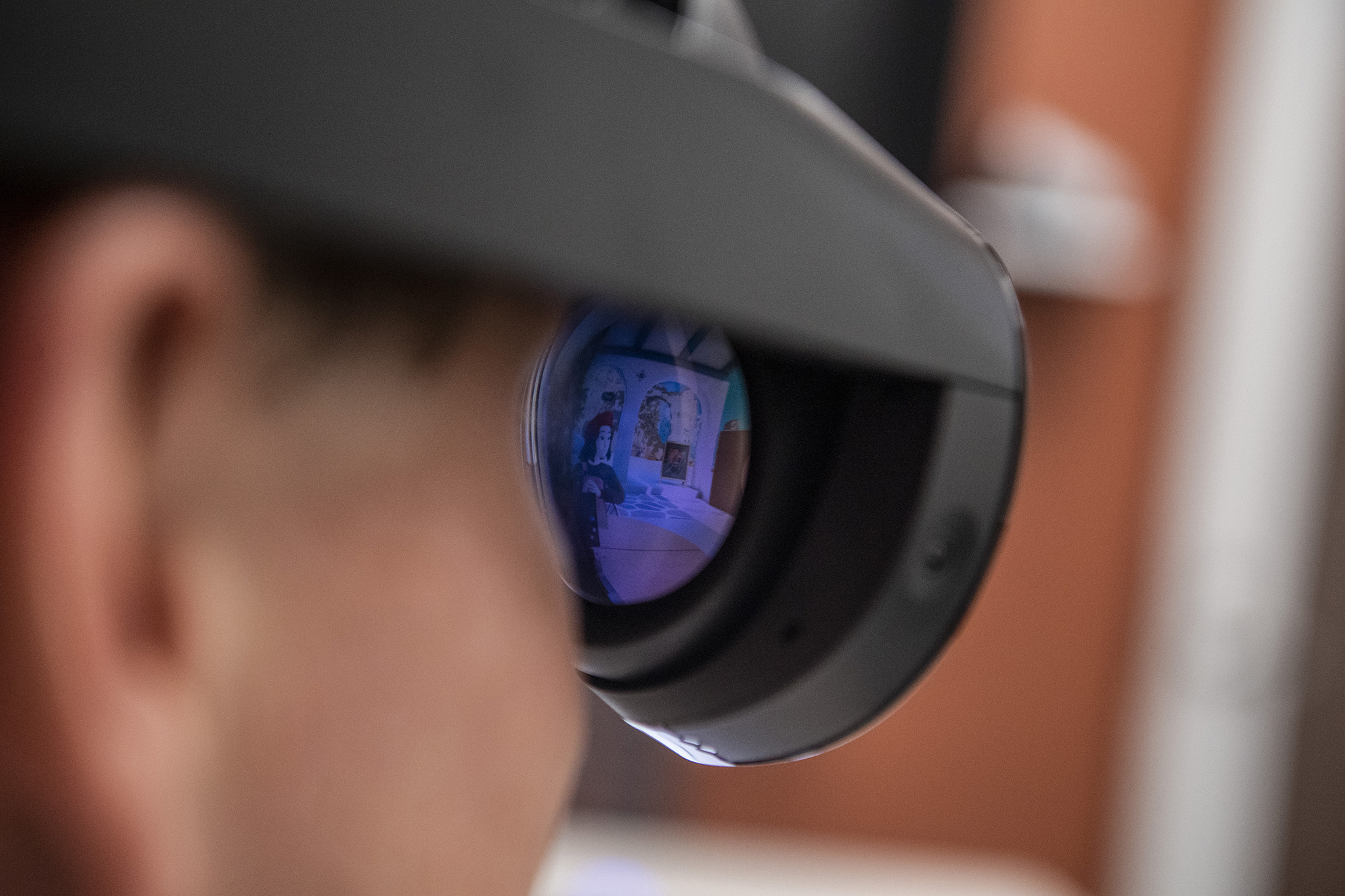
After the Apple Vision Pro launch, Mark Zuckerberg jumped on Instagram to criticize Apple's headset and say what the Quest 3 does better. In that video, he acknowledged that Apple's eye tracking is "really nice" but quickly explained that the Quest Pro had eye-tracking sensors first and that they intend to "bring them back in the future."
Since the Quest Pro 2 may not arrive until 2027, the Quest 4 is the most likely candidate to include eye tracking — though probably not the Quest 4S, due to cost — and compete with Apple's next headset.
This UploadVR report from October 2024 references a deleted listing for focus-group testing at Meta's campus in Burlingame, California for "Project Pismo," the alleged codename for the Quest 4. The listing says testers would try a "wearable tech device that will record their facial expressions and eye movements, as well as voice capture."
If this listing is real, Meta may want to test whether people would actually enjoy the benefits of eye and face tracking. For starters, they would enable more realistic avatar faces for social VR apps like Meta Horizon Worlds, so you could see people's facial expressions and if they're actually looking at you.
Past VR headsets like the Quest Pro and PSVR 2 use eye tracking for foveated rendering, a graphical trick that concentrates the most graphical detail on where you're looking for faster GPU performance and better detail. It also makes it easier for the headset to warn you if the headset's interpupillary distance (IPD) doesn't match your eye width.
New Snapdragon hardware (and an AI boost?)
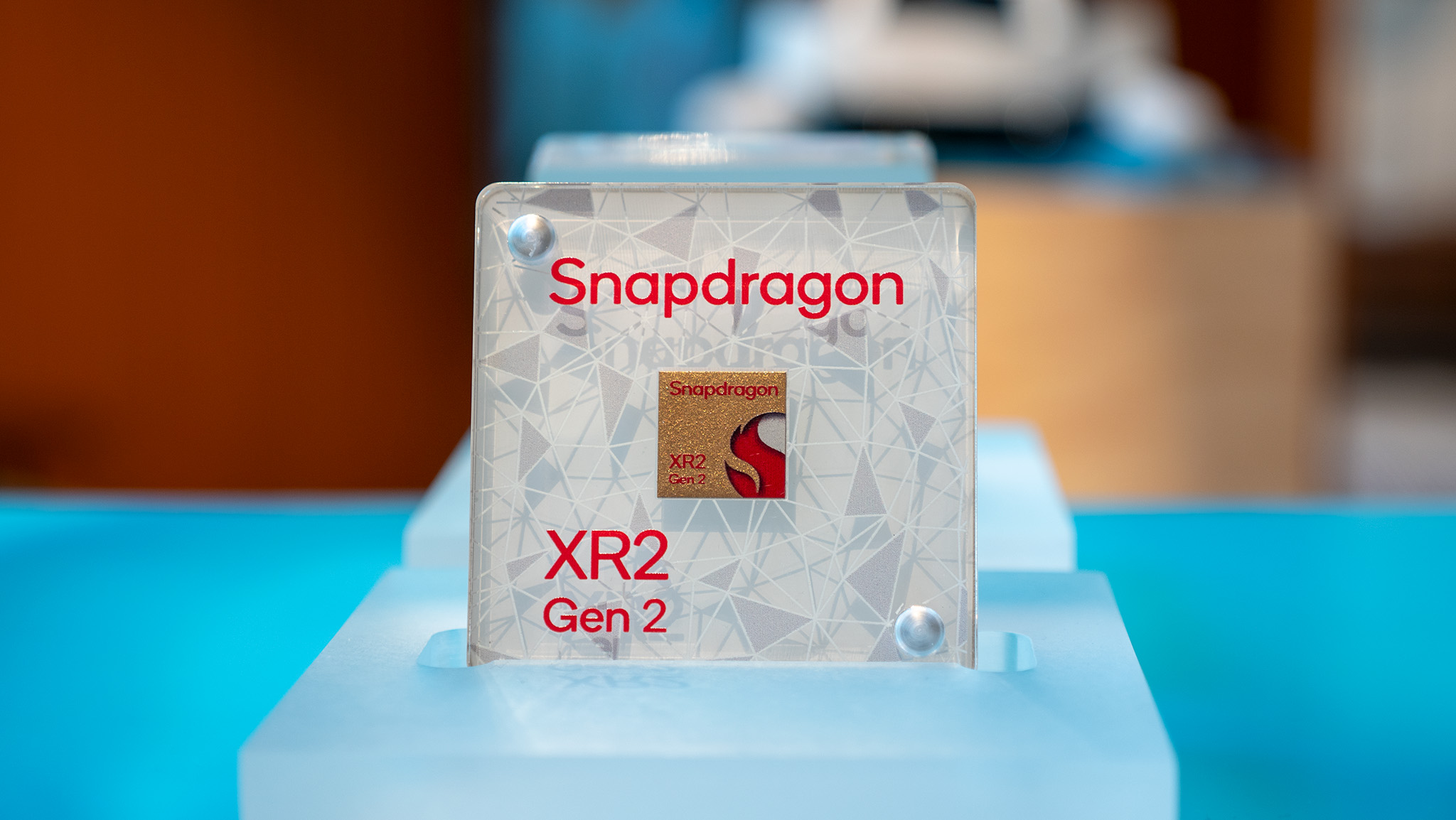
Although Mark Zuckerberg said back in 2021 that Oculus/ Meta had custom silicon plans for the Quest 3 and 4, Meta ended up sticking with Qualcomm for the Quest 3, and it reportedly laid off its FAST silicon team last year. While Meta made a custom chip for its AR glasses, the wireless puck that powers it uses Snapdragon hardware as well.
For several reasons, Meta should continue to rely upon Qualcomm for powering its mass-produced VR headsets. Now that Android XR will be delivering new headsets powered by Qualcomm chipsets, we also expect Meta to continue using Qualcomm chipsets in the future. So we'd expect to see the Snapdragon XR2 Gen 3 in the Meta Quest 4 and 4S, with a major performance boost over the Gen 2.
Given the recent Qualcomm-Arm legal drama and Qualcomm's recent Snapdragon 8 Elite mobile chip with its blazing clock speeds and lack of efficiency cores, it's likely that the Snapdragon XR2 Gen 3 will provide a dramatic performance boost with custom performance cores.
I had the chance to speak with Qualcomm SVP of XR Ziad Asghar during the 2024 Qualcomm Summit, and he explained why the XR2 chips aren't just redesigned versions of flagship mobile SoCs like the Snapdragon 8 Elite; they need different cores and power delivery networks focused on foveated rendering and cameras, he says.
So while the Meta Quest 4 and 4S may have some form of Oryon cores on par with 2026 Android flagships, the architecture, clock speeds, power requirements, and other considerations may be different. Still, the graphical improvement should be impressive in areas like ray tracing.
As a final side-note, Meta added Meta AI to Quest in the August 2024 update, and it's revamping its AI tools on its Ray-Ban smart glasses. It stands to reason the Quest 4 will have a more powerful NPU for better AI performance, to help with queries about what you're seeing in mixed reality.
Neural interface band

During his Apple Vision Pro roast, Zuckerberg claimed that eye and hand tracking are "not a perfect control system" and that you need a keyboard or "neural interface" for better accuracy. Later that month, he went on a podcast and elaborated that the company's wearable electromyography (EMG) band can interpret the "nervous system signals" from your brain to your hand for better gesture controls.
"You'll essentially be able to type and control something by thinking about how you want to move your hand," Zuckerberg explained, for a "private and discreet interface." And he claims the technology is "close to product-ready" and will be in a Meta product "in the next few years."
During Meta Connect 2024, they showed off the EMG band as a controller for the Meta Orion smart glasses, and it worked extremely well for gesture controls, better than hand tracking alone. These glasses were just a prototype, so Zuckerberg may have been referring to the Orion launch date in 2027.
But the Quest 4's late-2026 release date would also qualify as within the next few years! Ideally, Meta could ship an EMG band in the box as an augment to hand tracking, or else as an optional accessory for power users.
We've even speculated that Meta could convert the EMG band into a fitness tracker, broadcasting your heart rate to the headset so you can see how hard you're working out during VR exercise sessions.
Built-in Elite Strap
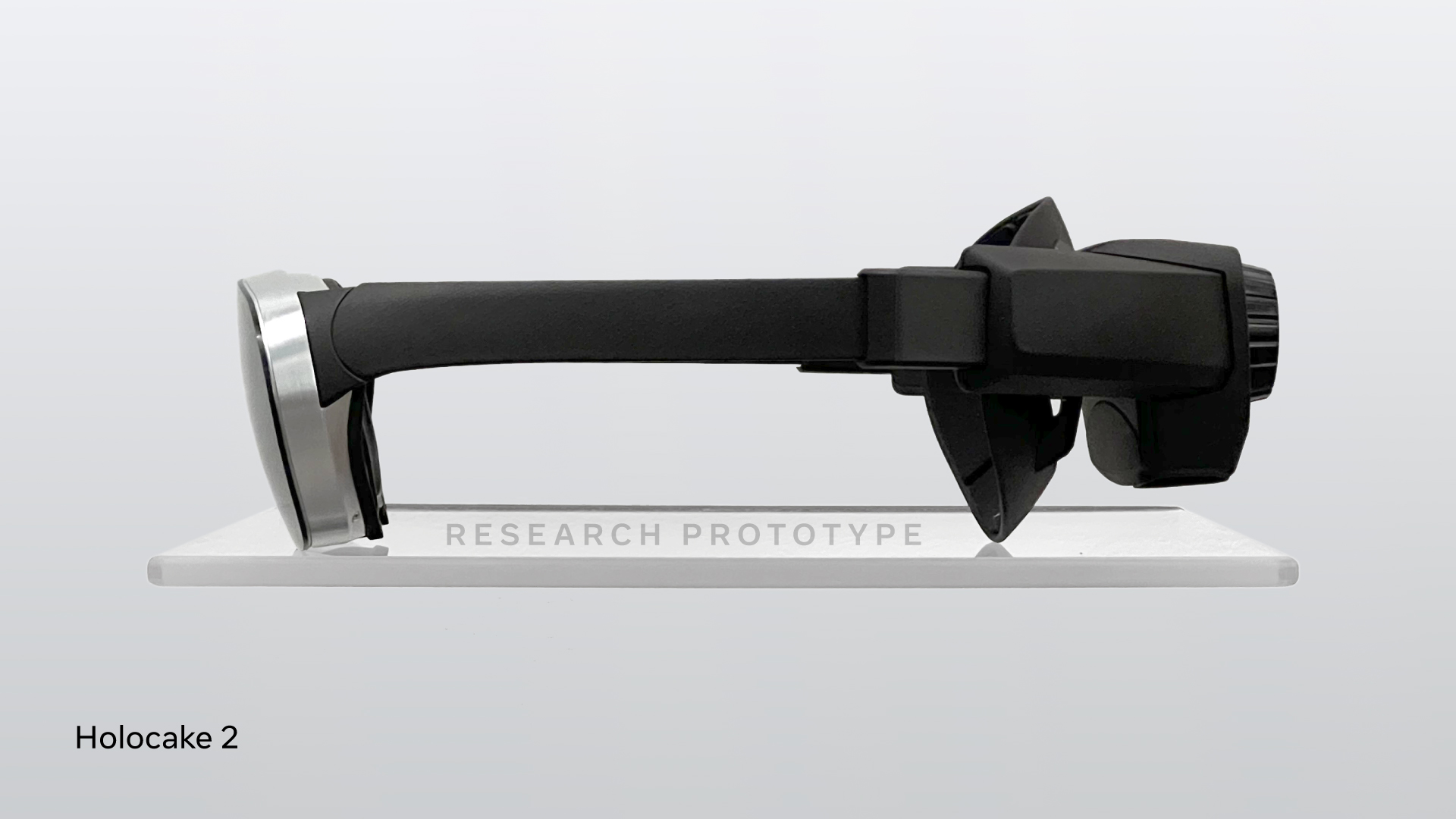
Meta designs its headsets to be modular so they can offset the cost of a comfortable VR experience onto its users. With the Quest 3 and 3S, the cloth strap is functional but tends to press against your ears, doesn't have the best support, and has no battery pack.
We'll hope, perhaps in vain, that the premium Quest 4 will adapt to a new, non-cloth design while the Quest 4S sticks to cloth. Most of the best VR headsets out there use a secure frame with soft, water-resistant lining and a back knob to secure it to your head, along with a top strap to offset the weight on the sides of your head.
Meta itself sells an $80 Elite Strap you can install yourself, and third-party Quest 3 accessories offer alternatives. But we'd love it if Meta could make the Quest 4 built for better comfort and security from the start.
A display upgrade
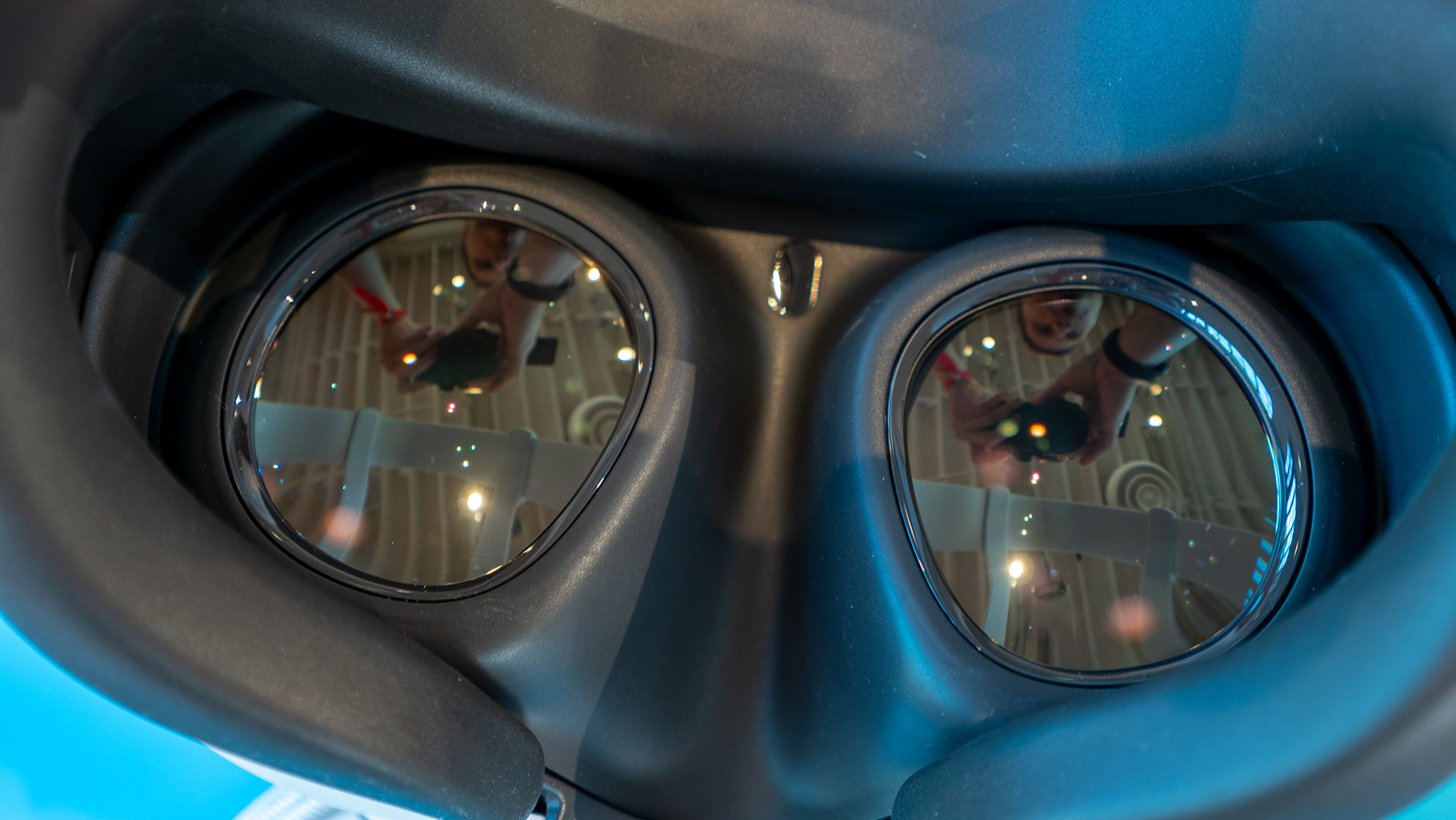
The Quest 3 displays received a 30% resolution boost over the Quest 2 and Quest 3S, giving you an impressive 2064 x 2208 pixels per eye, or 1,218 pixels per inch. That's 445 more PPI than the Quest 2 and 418 PPI more than the PSVR 2. That said, the Vision Pro hits 3,386 PPI, so we can assume the Quest 4 will close that resolution gap, while the Quest 4S display should stick with a lower resolution.
One unchanged Quest 3 aspect is its LCD display, even though the Quest Pro used QLED and rival headsets use OLED or Micro LED. This is another area where we'd like to see an improvement, if it doesn't run up the Quest 4 price too much.
LCD is more affordable, helping Meta keep the price low, but it also has high power demands and poor contrast compared to other standards. OLED gives you richer colors and deeper blacks, whereas LCDs can struggle with darker games, making them appear gray. And since OLEDs don't have a backlight, they could give the Quest 4 better battery life.
OLED displays have their downsides, too, from a grainy Mura effect to potential PWM issues that could make a subset of users sick. They're more likely to get burn-in over time, and they cost more to manufacture. So we'll have to wait and see what choice Meta makes for the Quest 4.
Cloud gaming

We don't necessarily want this next feature, but it's something we know from leaks that Meta is working on.
Before the Quest 3 launch, VR analyst Brad Lynch claimed that a source had told him about Project Razor, "a partnership between Meta and US-based ISP/MNOs, i.e., Verizon, AT&T, etc., to help build connectivity improvements and get the internet 'metaverse ready.'"
We also saw from Quest 3 FCC filings that Meta might have tested the current-gen headset's 5G capabilities, which makes sense given its Snapdragon XR2 Gen 2 chip could easily support 5G. The Quest 3 doesn't use this feature, but the Avalanche cloud gaming app briefly leaked on the Quest Store in late 2024, letting users test classic Rift games like Lone Echo.
Cloud gaming on Quest could arrive before the Quest 4, but whenever it arrives, we suspect that "cloud-first content" will let Meta add more graphically intensive games to the Quest 4 than even the Snapdragon XR2 Gen 3 can handle. The only question is whether Meta can solve the issues with latency, which could make VR gamers feel nauseous.
Varifocal or holocake lenses
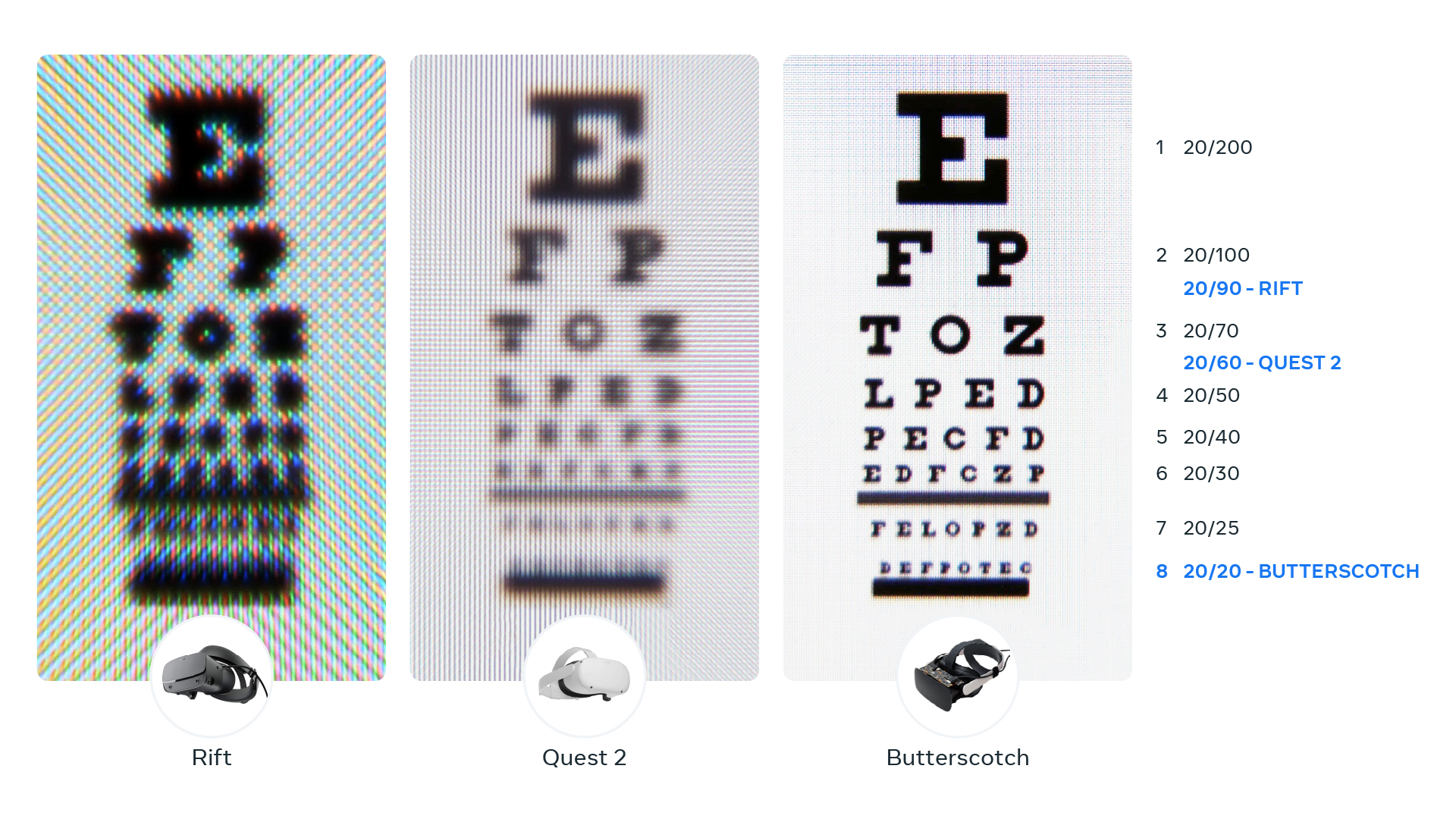
We'll round out our list with something we know Meta is working on but is highly unlikely to be ready for consumer-priced VR headsets anytime soon.
At the SIGGRAPH 2023 conference, Meta showed off its Butterscotch Varifocal prototype, the "first prototype headset to achieve varifocal with a retinal resolution display of roughly 60 pixels per degree (PPD), which is sufficient for 20/20 visual acuity." For context, the ultra-expensive Vision Pro hits just 34 PPD.
Currently, VR lenses have a fixed focal point where text and objects are in the clearest focus, so developers have to plan around this. With varifocal lenses, the Quest prototype can focus electronically on objects that are close to or far away from the user in the virtual world.
If Meta can offer varifocal lenses on the Quest 4 (or another future Quest headset), it would dynamically change how game developers design the best Quest games, removing the visual restrictions that make VR text and general surroundings blurry.
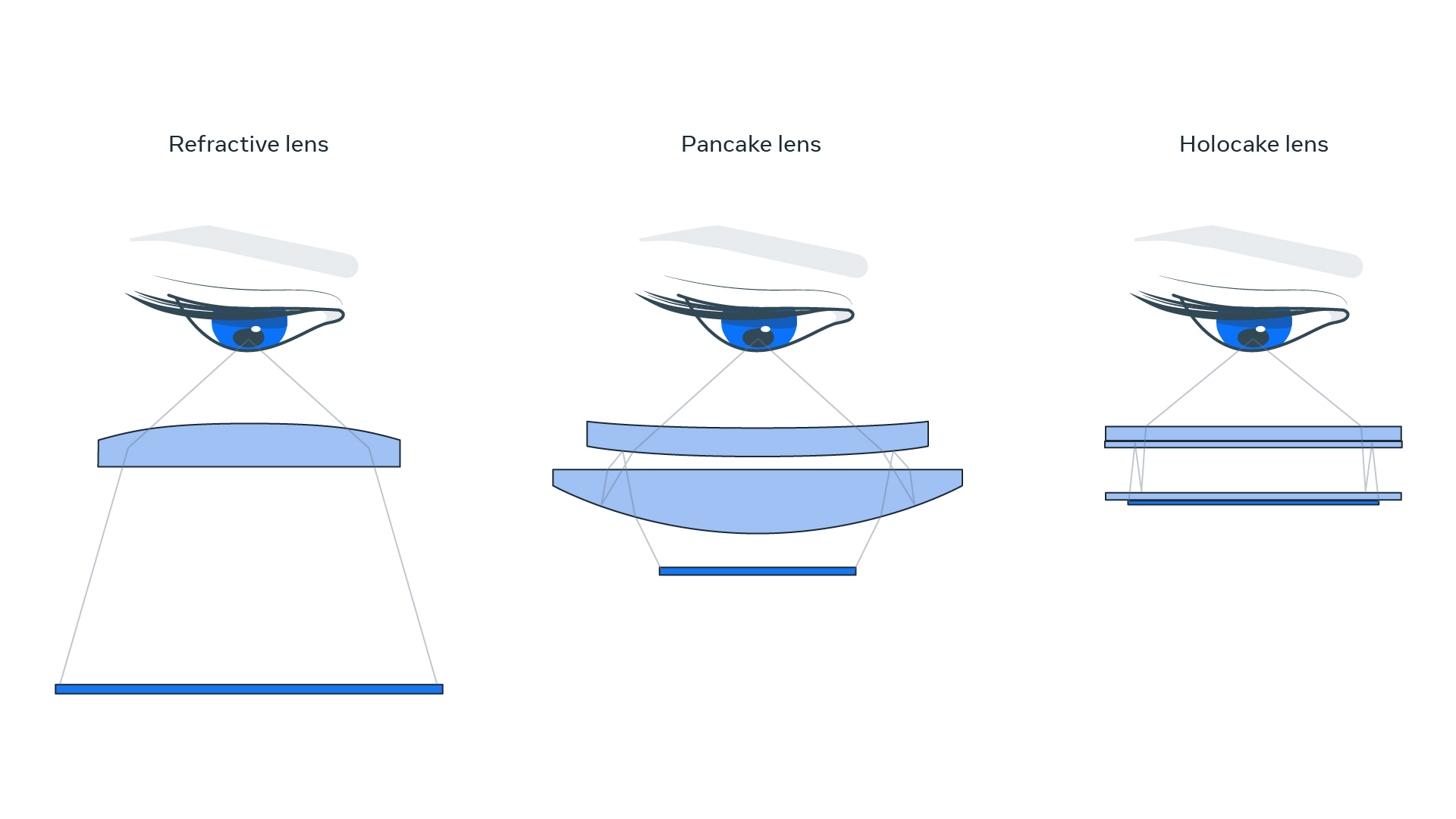
This prototype only had a minuscule 50-degree field of view, less than half the Quest 3's 110º FoV, and it'd be both bulky and expensive. Still, this is the kind of thing Reality Labs is spending billions of dollars on, so we can hope the Quest 4 will iterate closer to this ideal VR tech, while keeping it affordable.
The other Meta VR prototype we saw, pictured above, is the Holocake 2. Holocake lenses are the next step after the Quest 3's pancake lenses, adding a holographic layer that removes the need for convex or concave lenses. With it, the Quest 4 could be skinnier in front than ever, offering some real weight loss to the already-comfortable Quest 3.
The Meta Quest 4 and 4S will be all about balance
As excellent as the Quest 3 is, many people prefer the Quest 3S because they prefer a bargain to the best possible specs. The Quest 4S will likely keep up this trend; our guess is that it'll get the Quest 3's resolution boost and Quest 4's new CPU to stay relevant but retain certain downgrades like the Fresnel lens to keep the price down.
The fancier Meta Quest 4, too, might keep certain cost-cutting measures like a cloth headstrap and short battery life, since they know power users can pay to upgrade them with an Elite Strap with Battery. Instead, they'll focus on areas like eye tracking that can't be modded in later. We doubt the cameras or controllers will change much, either.
What we really want from the Meta Quest 4 is for the Reality Labs gambit to pay off. Meta has spent $60 billion on the division since it started tracking it separately in earnings reports, and we're curious to see if new technology like varifocal or holocake lenses will make their way into consumer devices anytime soon.
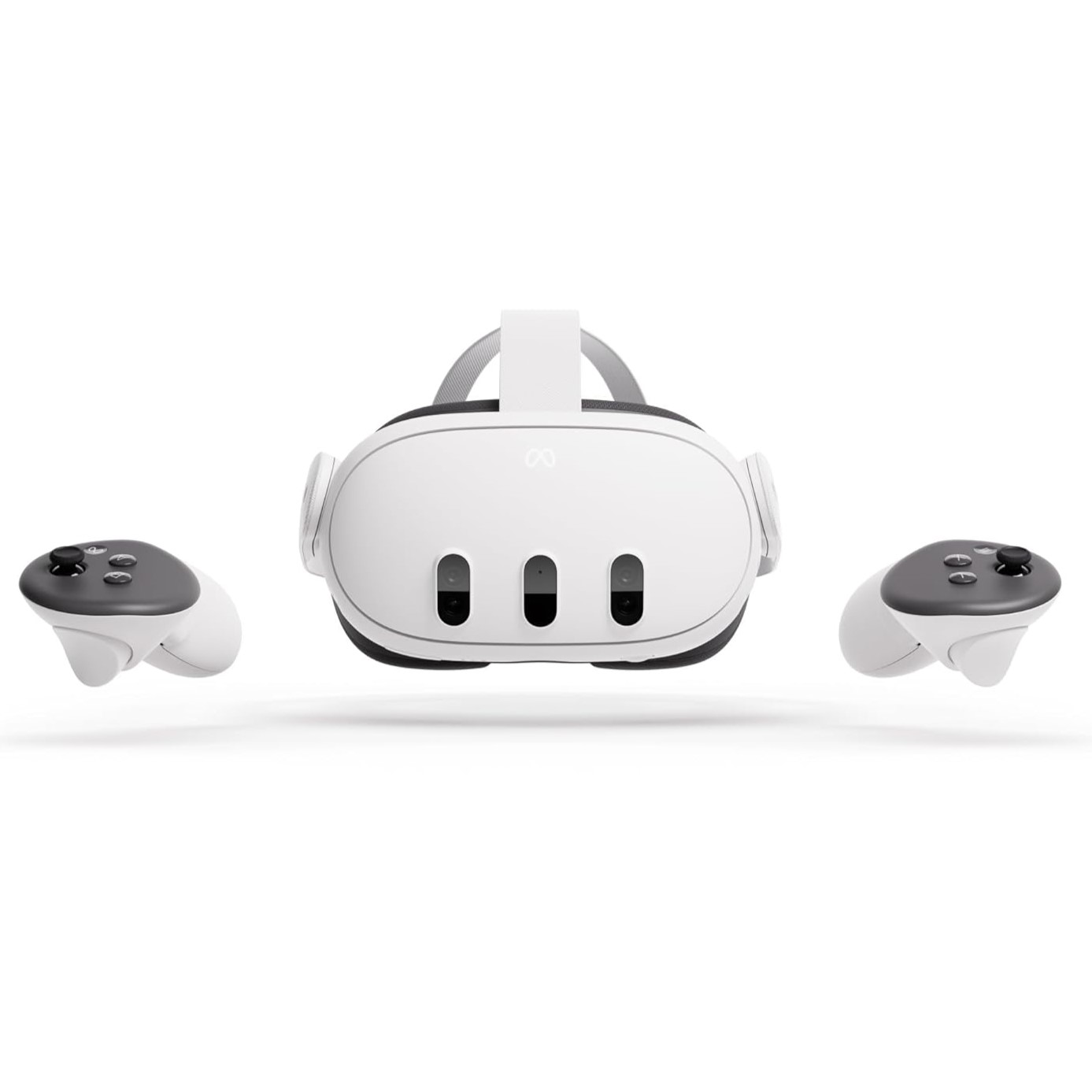
Until the next-gen arrives
The Meta Quest 4 is years away from a hypothetical launch, so for now, the Quest 3 is the best standalone VR option you could hope for. It has enhanced graphics and visuals, full-color mixed-reality good enough to read your phone screen with your headset on, and a more comfortable design.

Michael is Android Central's resident expert on wearables and fitness. Before joining Android Central, he freelanced for years at Techradar, Wareable, Windows Central, and Digital Trends. Channeling his love of running, he established himself as an expert on fitness watches, testing and reviewing models from Garmin, Fitbit, Samsung, Apple, COROS, Polar, Amazfit, Suunto, and more.
You must confirm your public display name before commenting
Please logout and then login again, you will then be prompted to enter your display name.
